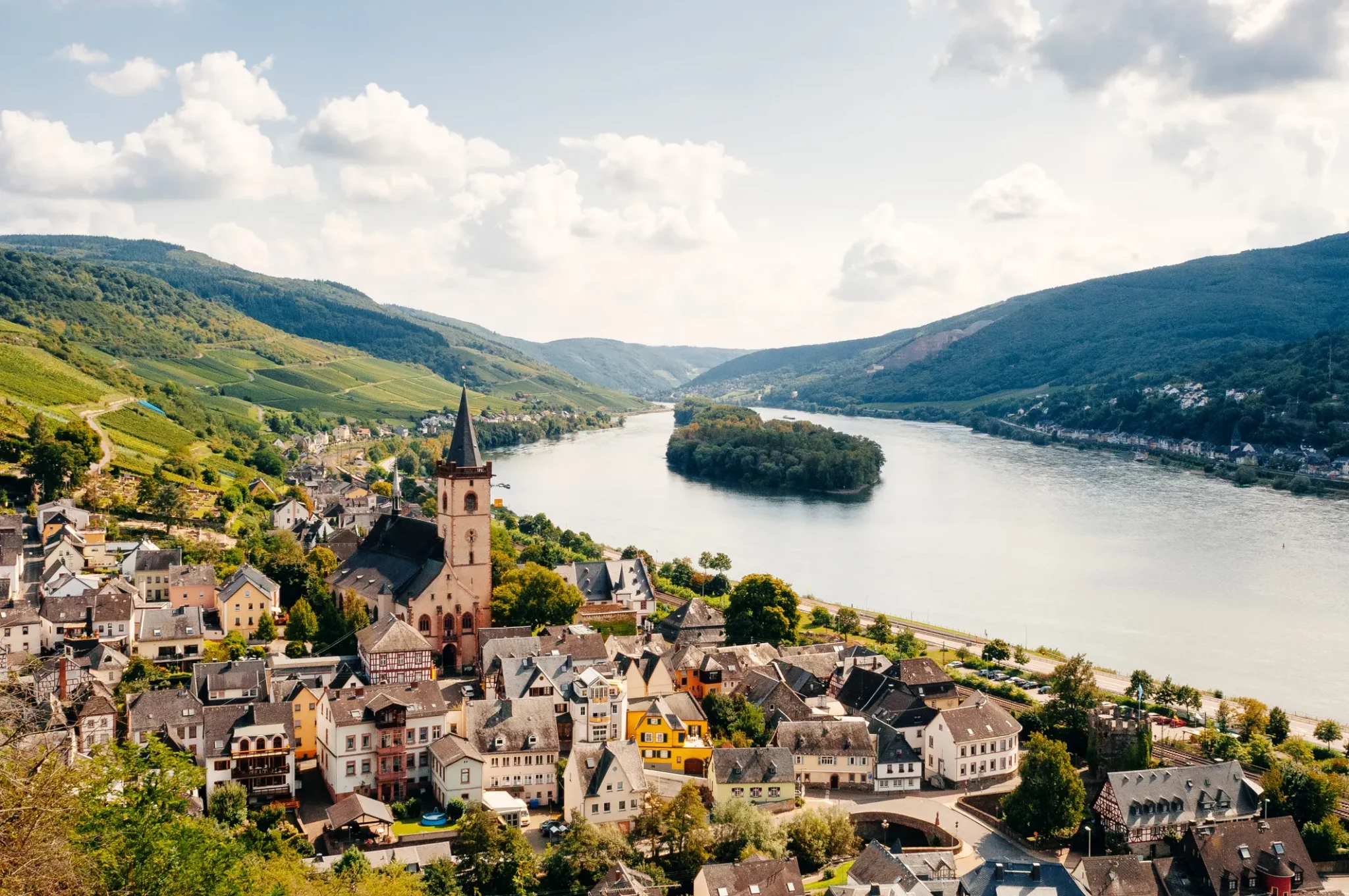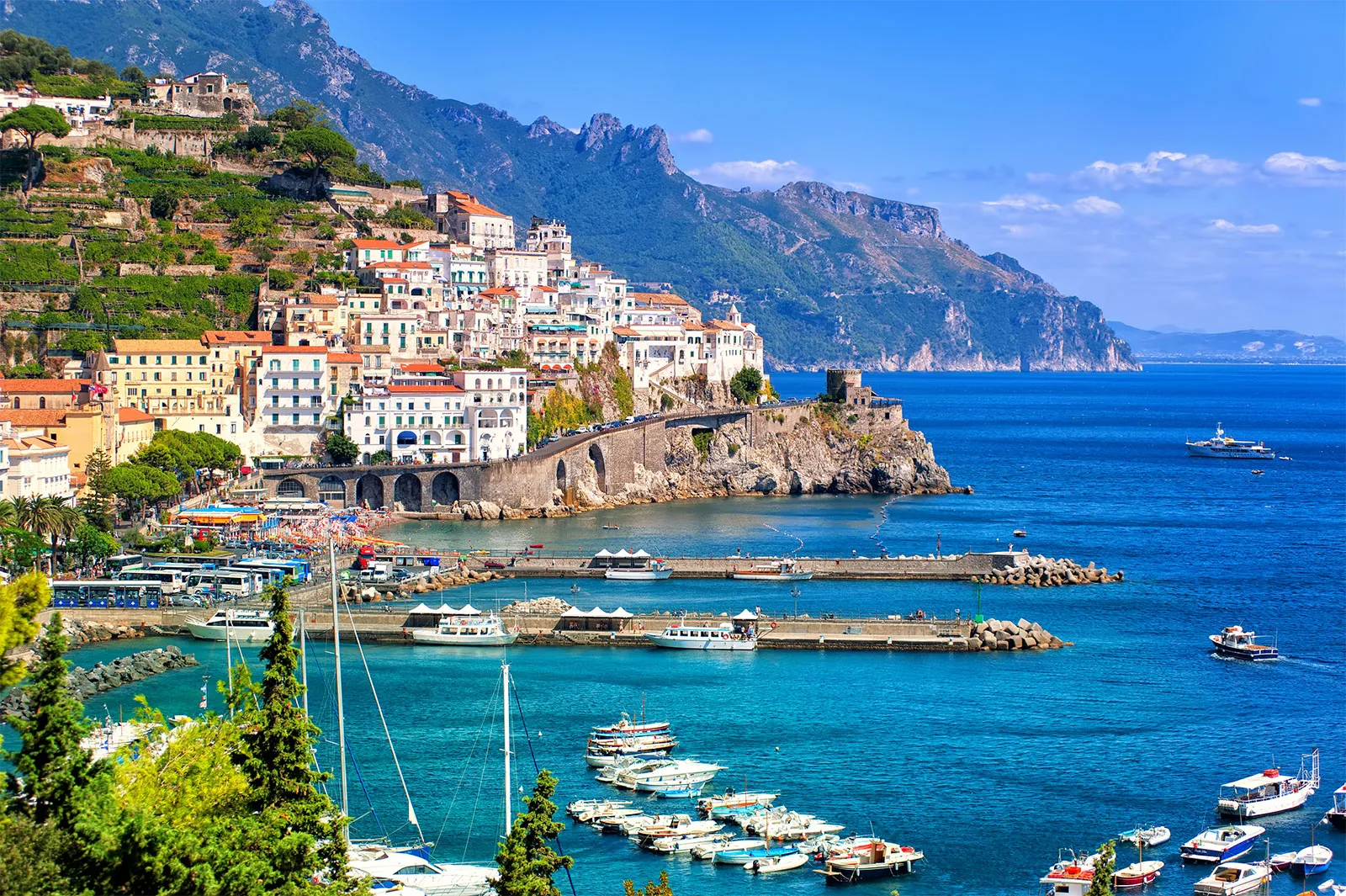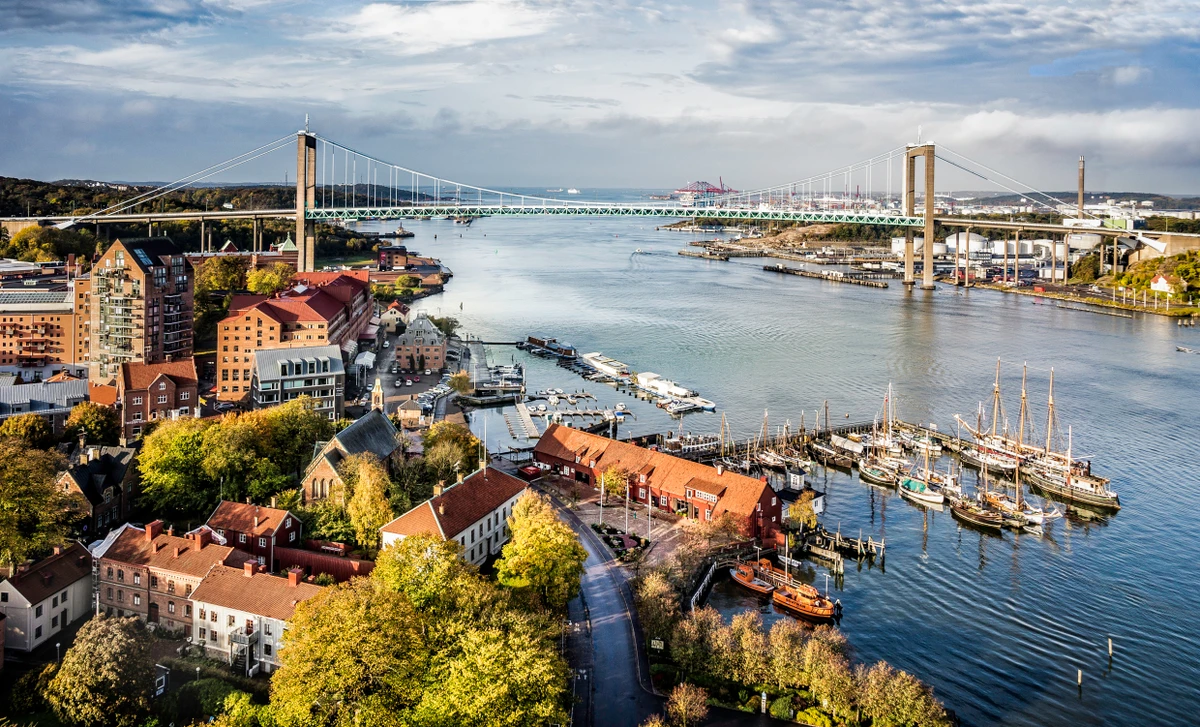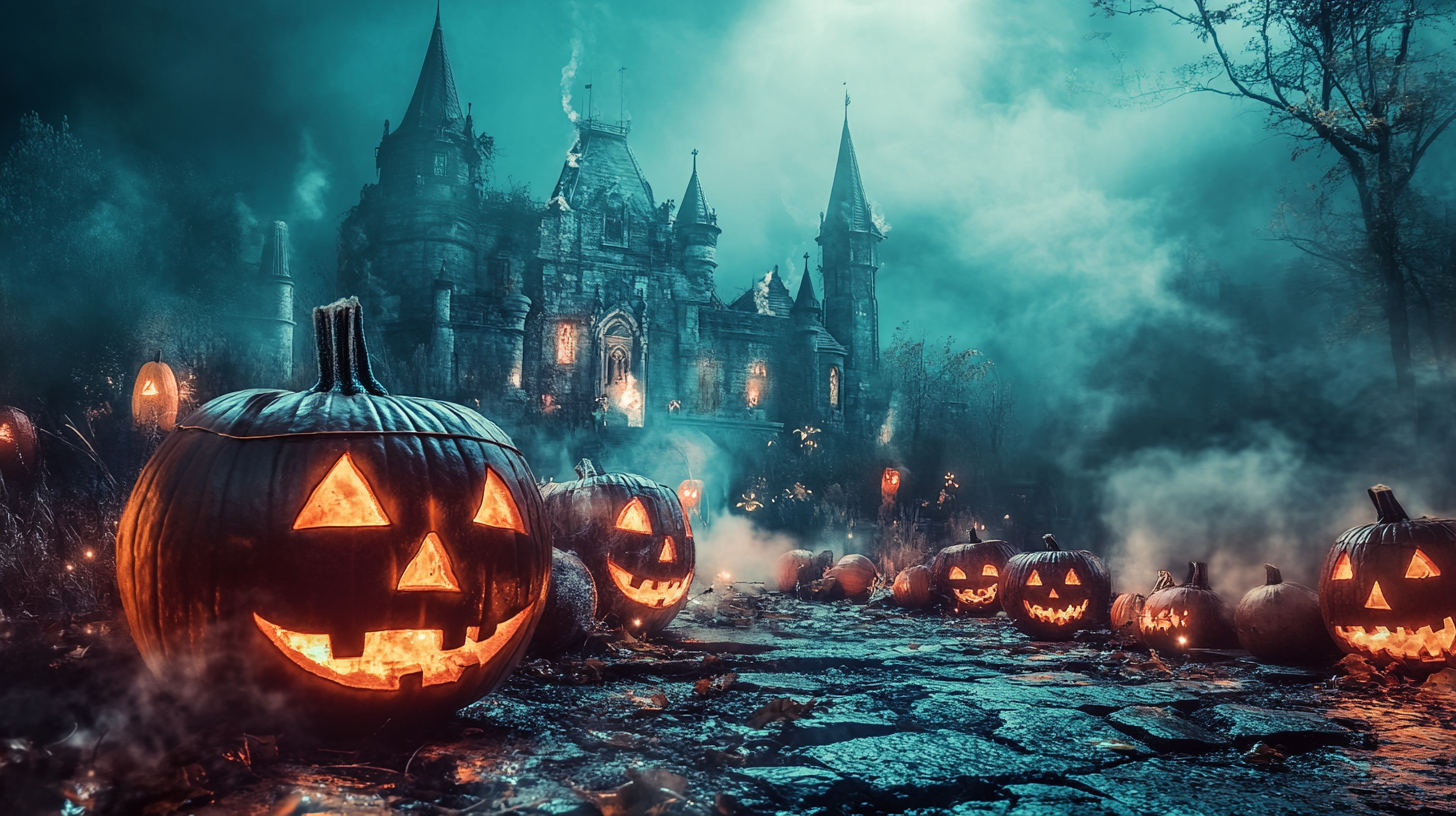
Halloween, with its spooky traditions, costumes, and candy, is celebrated in many parts of the world.
While it originated in the Celtic festival of Samhain, Halloween has evolved into a global event, with each country adding its unique twist.
From the elaborate celebrations in the United States to the Day of the Dead festivities in Mexico, this holiday transcends cultures and borders.
In this article, we’ll explore 17 countries where Halloween is celebrated, highlighting the customs and traditions that make each unique.
List of Countries That Celebrate Halloween
1. United States
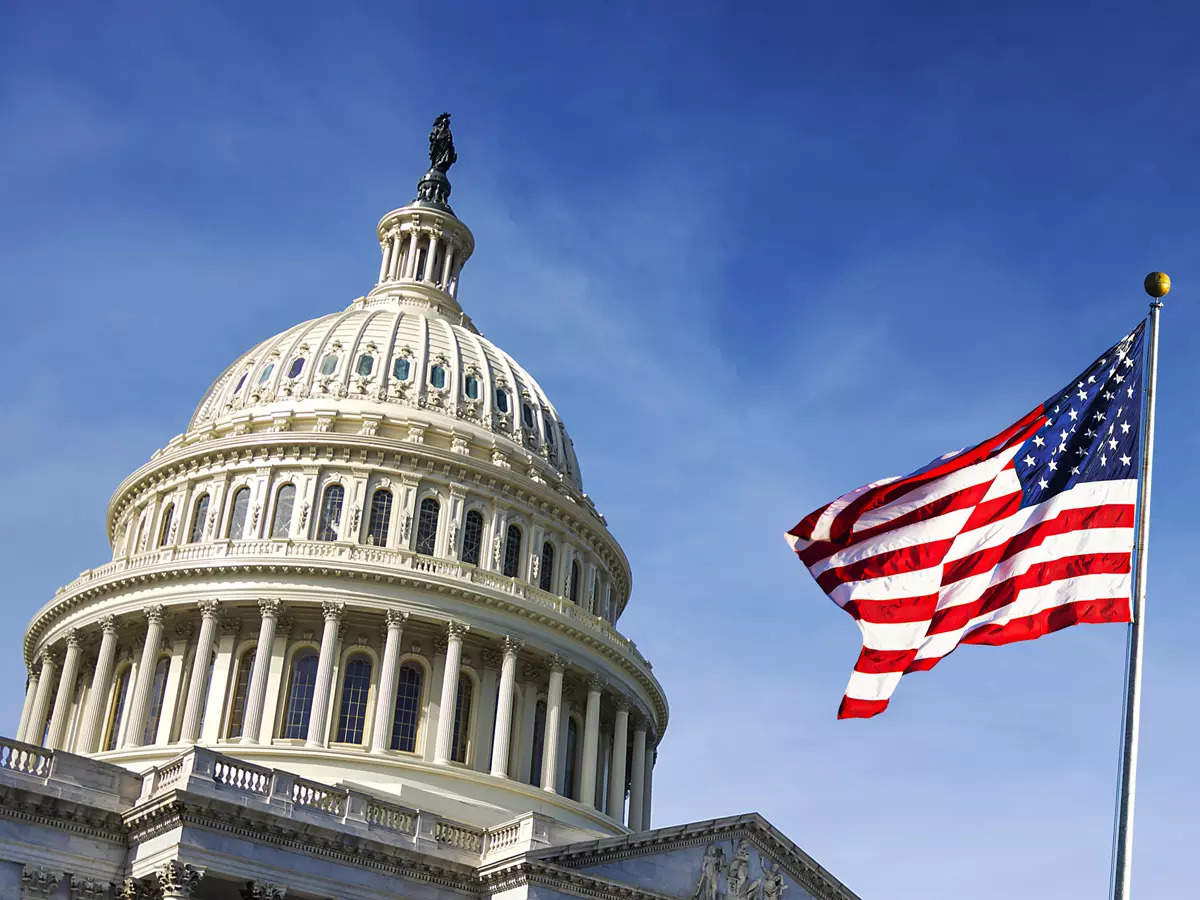
In the United States, Halloween is celebrated with costumes, trick-or-treating, haunted houses, and pumpkin carving.
It is one of the most popular holidays, with neighborhoods coming alive with spooky decorations and children going door-to-door collecting candy.
Americans also host Halloween parties and enjoy themed events such as pumpkin patches and horror movie marathons.
- Tradition: Trick-or-treating, haunted houses, and pumpkin carving.
- Why It’s Special: One of the most commercially popular holidays in the U.S., with widespread participation.
- Unique Twist: Elaborate decorations and Halloween-themed attractions like haunted mazes and horror nights.
2. Canada

Canada celebrates Halloween similarly to the United States, with children dressing up in costumes and trick-or-treating.
Canadians also enjoy decorating their homes with spooky themes, and it’s common to see haunted attractions and community events.
Halloween is widely observed nationwide, and the holiday has grown in popularity.
- Tradition: Trick-or-treating and Halloween parties.
- Why It’s Special: A beloved holiday for children and adults, with community-wide events.
- Unique Twist: Some areas host “pumpkin parades” where families display their carved pumpkins.
3. United Kingdom
In the United Kingdom, Halloween is growing in popularity.
However, it is still celebrated on a smaller scale compared to the U.S. Children dress up and go trick-or-treating, and many families carve pumpkins.
In addition to Halloween traditions, the UK also observes Guy Fawkes Night shortly after, which involves bonfires and fireworks.
- Tradition: Trick-or-treating, pumpkin carving, and spooky parties.
- Why It’s Special: Halloween is increasingly embraced by younger generations.
- Unique Twist: The proximity to Guy Fawkes Night means that some traditions blend the two holidays.
4. Ireland
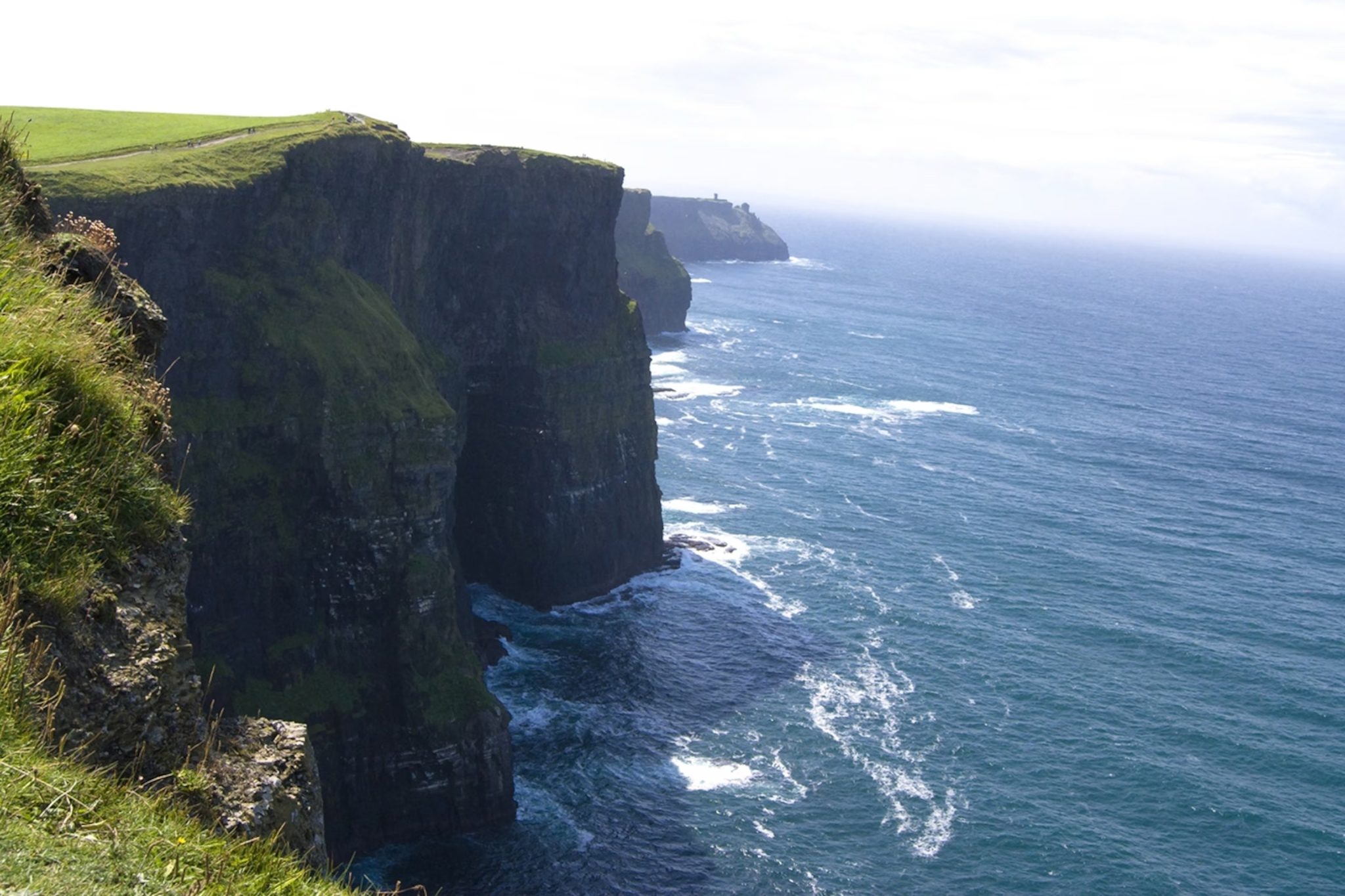
Ireland, the birthplace of Halloween, has a rich tradition linked to the ancient Celtic festival of Samhain.
In Ireland, Halloween is celebrated with bonfires, parties, and traditional games like bobbing for apples.
Children dress up in costumes and go trick-or-treating; fireworks displays are also common.
- Tradition: Bonfires, trick-or-treating, and traditional games.
- Why It’s Special: Halloween has deep historical roots in Ireland and is linked to Samhain.
- Unique Twist: Bonfires and fireworks displays are key to the celebration.
5. Mexico
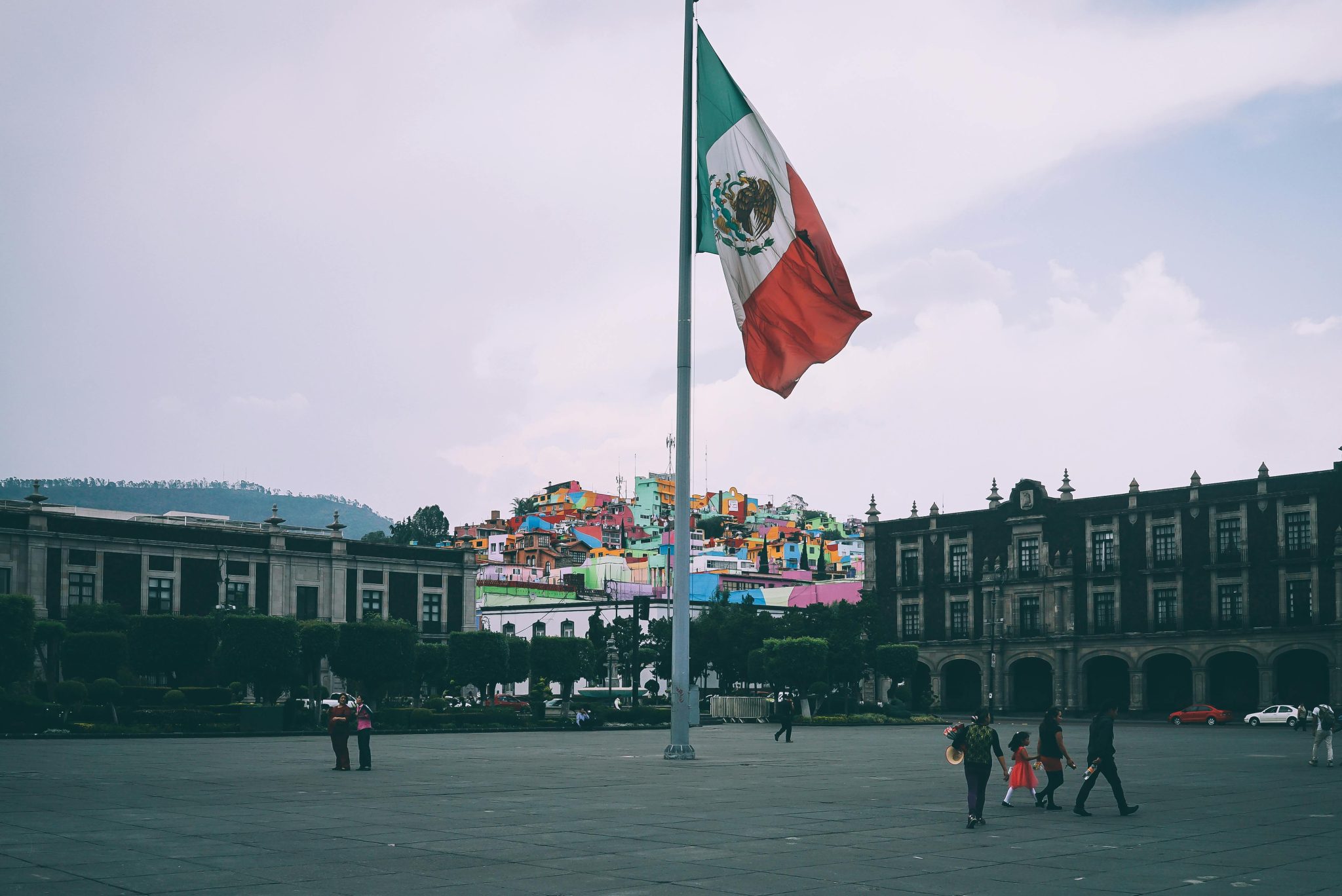
Halloween is closely followed in Mexico by Día de los Muertos (Day of the Dead), a vibrant celebration honoring deceased loved ones.
While Halloween is celebrated with costumes and trick-or-treating in some areas, Día de los Muertos holds more cultural significance with its colorful altars and parades.
Skeletons and sugar skulls are common symbols during this time.
- Tradition: Trick-or-treating and Día de los Muertos.
- Why It’s Special: Halloween is celebrated but overshadowed by the Day of the Dead festivities.
- Unique Twist: Altars are created to honor the dead with offerings of food, candles, and flowers.
6. Germany
In recent years, Halloween has grown in popularity in Germany, particularly among young people.
Germans celebrate with costume parties, pumpkin carving, and trick-or-treating in some areas.
However, All Saints’ Day on November 1st is traditionally observed, and Halloween is seen more as a fun, commercial holiday rather than a deep-rooted cultural tradition.
- Tradition: Costume parties and pumpkin carving.
- Why It’s Special: Halloween is a newer holiday in Germany, gaining popularity through global influence.
- Unique Twist: Germans balance Halloween fun with the more solemn All Saints’ Day observance.
7. Japan
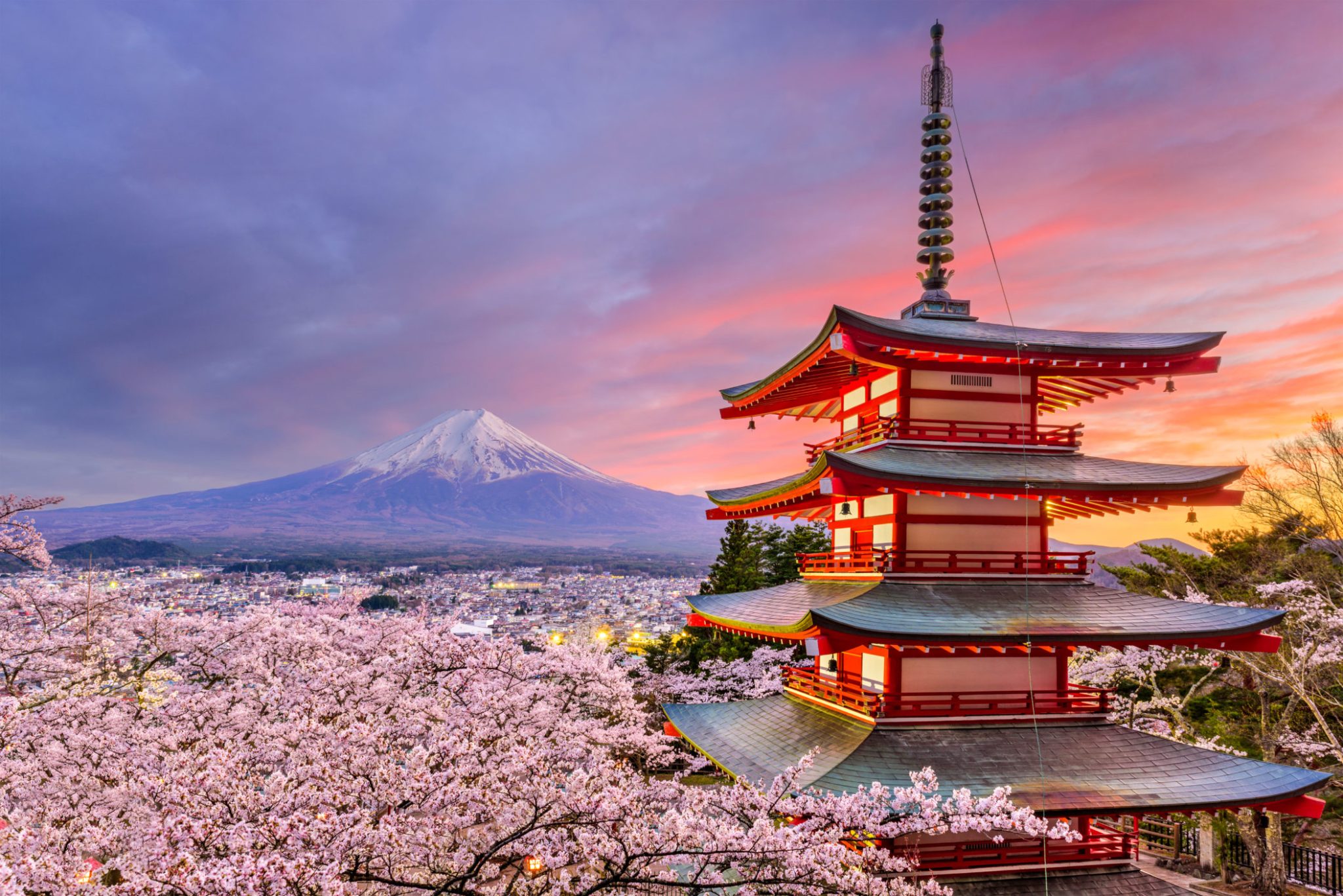
Japan celebrates Halloween with elaborate costumes and large-scale parades, particularly in cities like Tokyo.
Trick-or-treating is less common, but costume parties and themed events are hugely popular.
Many stores and attractions are decorated for the occasion, and Halloween in Japan is known for its high creativity in costumes and decorations.
- Tradition: Costume parties and Halloween-themed events.
- Why It’s Special: Halloween is about costumes and creativity, with impressive displays.
- Unique Twist: Themed parades and large public events where participants show off their costumes.
8. Australia
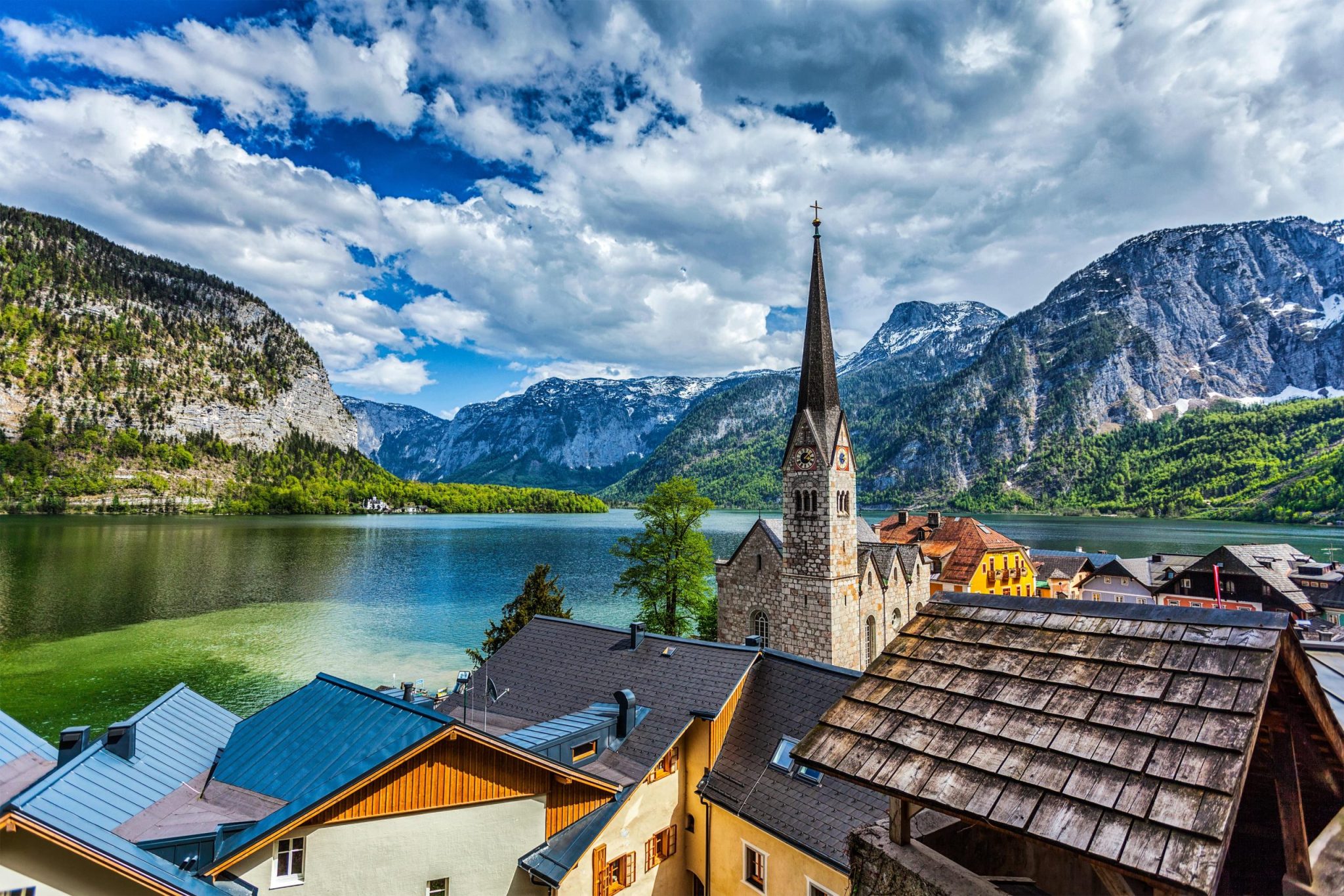
Halloween is growing in popularity in Australia, particularly among children and younger generations.
While it is not as widely celebrated as in the United States, Australians enjoy trick-or-treating, dressing up in costumes, and attending themed parties.
Halloween in Australia is seen as a fun way to celebrate, with increasing participation each year.
- Tradition: Trick-or-treating and Halloween parties.
- Why It’s Special: A relatively new celebration gaining traction, especially among kids.
- Unique Twist: Australia’s spring season gives Halloween a different backdrop than the northern hemisphere.
9. New Zealand
New Zealanders are embracing Halloween, particularly in urban areas where trick-or-treating has become popular.
Much like Australia, Halloween is a newer holiday, but it grows yearly.
People host Halloween parties and decorate their homes, and children dress up to collect candy from neighbors.
- Tradition: Trick-or-treating and costume parties.
- Why It’s Special: A fun, growing celebration that brings communities together.
- Unique Twist: Halloween in the southern hemisphere takes place during spring, adding a unique feel to the festivities.
10. France

While Halloween in France is not as widely celebrated as in other parts of the world, it has gained popularity, especially among children and younger adults.
Costumes and themed parties are common, and some children go trick-or-treating.
However, many in France view Halloween as a commercial holiday rather than a traditional one.
- Tradition: Costume parties and trick-or-treating in some areas.
- Why It’s Special: Halloween is slowly gaining popularity in France, particularly in urban areas.
- Unique Twist: Halloween celebrations often blend with the French preference for chic costumes and festive gatherings.
11. Spain

In Spain, Halloween is a growing holiday, celebrated mainly with costume parties and spooky-themed events.
However, the focus is more on Día de Todos los Santos (All Saints’ Day) on November 1st, which honors deceased relatives.
While Halloween is fun and commercial, the following days hold more traditional and religious significance.
- Tradition: Costume parties and spooky-themed events.
- Why It’s Special: Halloween is celebrated alongside All Saints’ Day, creating a blend of fun and solemnity.
- Unique Twist: Traditional Spanish pastries like “Huesos de Santo” are enjoyed during this time.
12. Italy
Halloween in Italy is celebrated with costume parties, decorations, and some trick-or-treating, but it’s still considered more of an imported tradition.
All Saints’ Day and All Souls’ Day are more widely observed, with Italians visiting cemeteries to honor their deceased loved ones.
Halloween continues to grow in popularity, especially among younger generations.
- Tradition: Costume parties and trick-or-treating in some regions.
- Why It’s Special: Halloween is celebrated alongside important religious holidays like All Saints’ Day.
- Unique Twist: Italians enjoy blending Halloween fun with solemn visits to cemeteries for traditional remembrance.
13. Philippines
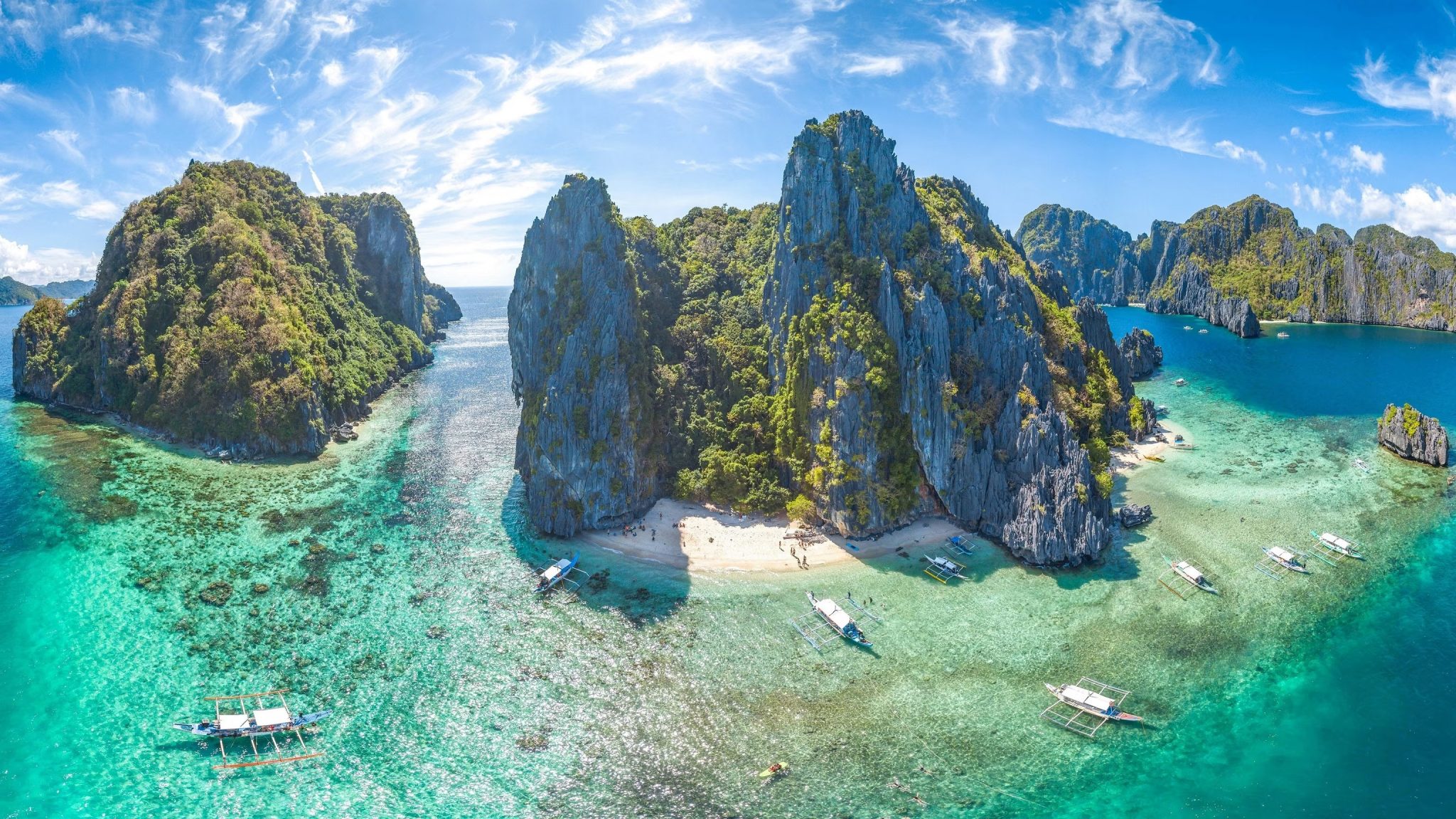
In the Philippines, Halloween is celebrated with costumes and parties, but it is closely tied to Undas (All Saints’ Day and All Souls’ Day).
Filipinos visit cemeteries to honor their deceased relatives, often holding overnight vigils.
While Halloween has grown in popularity for its entertainment value, Undas’s religious and familial significance takes precedence.
- Tradition: Costume parties, trick-or-treating, and cemetery vigils.
- Why It’s Special: Halloween is celebrated alongside deeply traditional and religious practices.
- Unique Twist: Families hold vigils at cemeteries, bringing food and staying overnight to remember their ancestors.
14. Belgium

Halloween is becoming more popular in Belgium, particularly among children who enjoy dressing up and going trick-or-treating.
Costume parties and spooky events are also common.
However, like other European countries, All Saints’ Day on November 1st holds greater cultural significance, with families visiting cemeteries to honor deceased loved ones.
- Tradition: Trick-or-treating and costume parties.
- Why It’s Special: Halloween is gaining popularity among younger generations.
- Unique Twist: Halloween celebrations are balanced with traditional All Saints’ Day observances.
15. South Korea
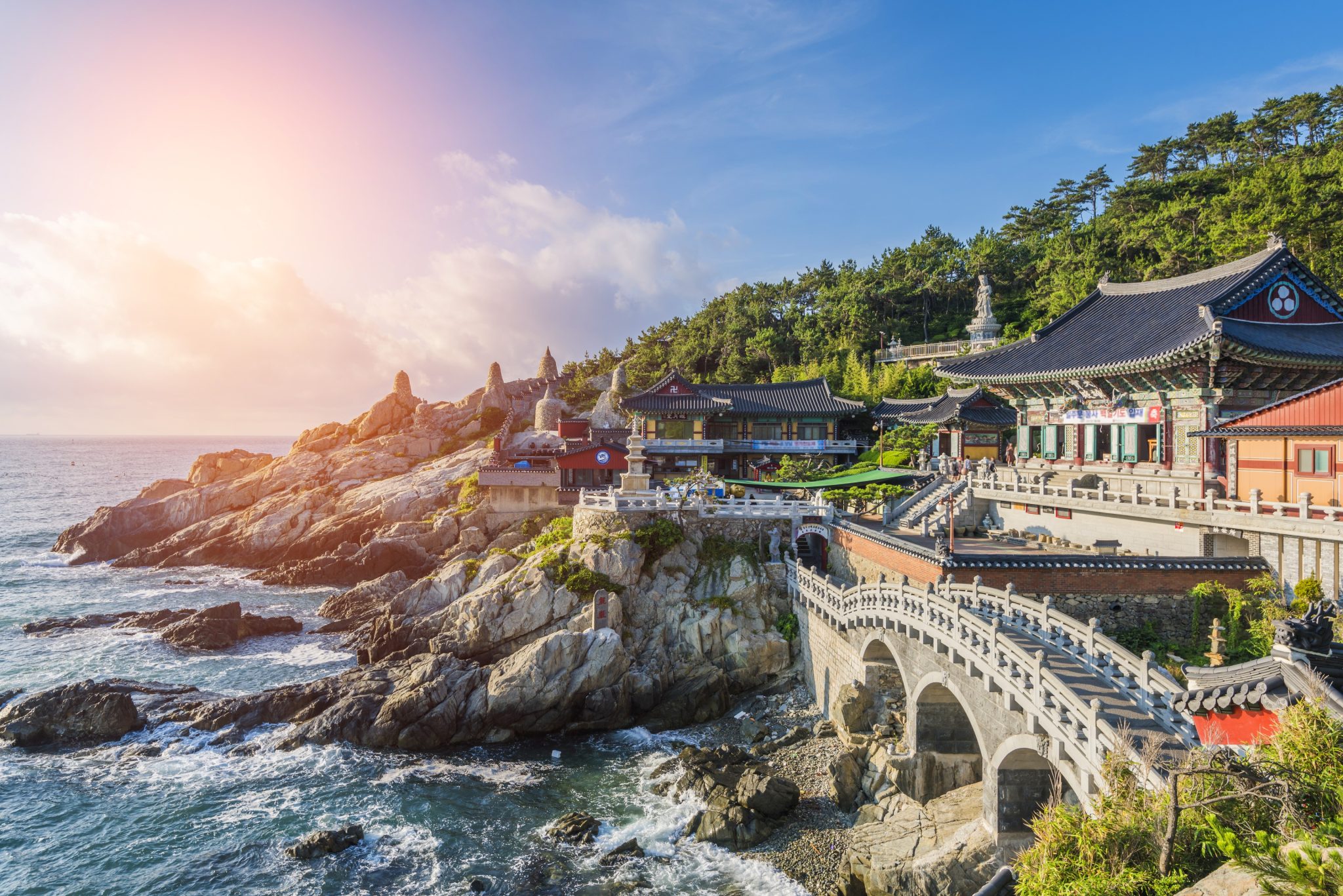
In South Korea, Halloween is mainly celebrated by the younger generation, with costume parties and themed events held at clubs, schools, and cafes.
Trick-or-treating is not common, but Koreans embrace the chance to dress up and celebrate Halloween through social gatherings and events.
- Tradition: Costume parties and themed events.
- Why It’s Special: A fun, modern celebration of costumes and social gatherings.
- Unique Twist: Halloween is often celebrated in major cities with themed events at cafes and clubs.
16. Austria

Halloween in Austria is a growing celebration, especially among younger generations.
While it is not as widely observed as in other countries, Austrians have embraced the tradition of costume parties and spooky-themed events.
Many people decorate their homes, and some children go trick-or-treating.
The celebration often coincides with All Saints’ Day on November 1st, which holds greater cultural significance.
- Tradition: Costume parties and trick-or-treating.
- Why It’s Special: Halloween is celebrated alongside traditional All Saints’ Day observances.
- Unique Twist: Halloween is mainly celebrated with parties and local events in urban areas.
17. Sweden
In recent years, Halloween has gained popularity in Sweden, with costume parties, pumpkin carving, and trick-or-treating becoming more common.
However, like other European countries, Sweden also observes Alla helicons dag (All Saints’ Day) on the first Saturday in November, a day for remembering deceased loved ones.
Halloween is a fun, light-hearted holiday, especially among younger Swedes.
- Tradition: Trick-or-treating, costume parties, and pumpkin carving.
- Why It’s Special: Halloween is celebrated with fun and solemn traditions.
- Unique Twist: The celebration coincides with All Saints’ Day, creating a balance of festivity and remembrance.
How Different Countries Put Their Spin on Halloween
While Halloween originated in the Celtic traditions of Ireland, it has spread across the globe, with each country celebrating the holiday uniquely.
Here’s what makes Halloween special in different parts of the world:
1. Global Traditions with Local Flavors
From the vibrant Día de los Muertos in Mexico to the spooky parades in Japan, countries have adapted Halloween traditions to fit their cultural contexts.
Whether it’s adding religious significance, like in Spain and the Philippines, or focusing on fun and creativity, like in the United States and South Korea, Halloween is celebrated in various ways.
2. The Importance of Family and Remembrance
Halloween coincides with religious holidays like All Saints’ Day or Día de los Muertos in many countries, such as Mexico, the Philippines, and Austria.
On these days, people visit cemeteries to honor the deceased, blending Halloween’s spooky atmosphere with family-oriented traditions of remembrance.
3. Growing Popularity Across the Globe
Countries like Australia, Sweden, and Germany are seeing a surge in Halloween celebrations, with costume parties and trick-or-treating becoming more popular.
Although not deeply rooted in these cultures, Halloween is being embraced by younger generations as a fun way to dress up and celebrate.
4. A Blend of the Old and New
Many countries, especially in Europe, celebrate Halloween alongside older traditions such as Guy Fawkes Night in the UK and All Saints’ Day across Catholic countries.
This creates a fascinating blend of ancient customs and modern Halloween festivities, offering a unique holiday experience.
Conclusion
Halloween is celebrated in various ways worldwide, from spooky costume parties in Japan to solemn observances of Día de los Muertos in Mexico.
Each country adds cultural flavor to the holiday through trick-or-treating, parades, or religious ceremonies.
This global celebration of Halloween continues to grow, with each country contributing its unique traditions, making the holiday an exciting and diverse experience for people everywhere.


